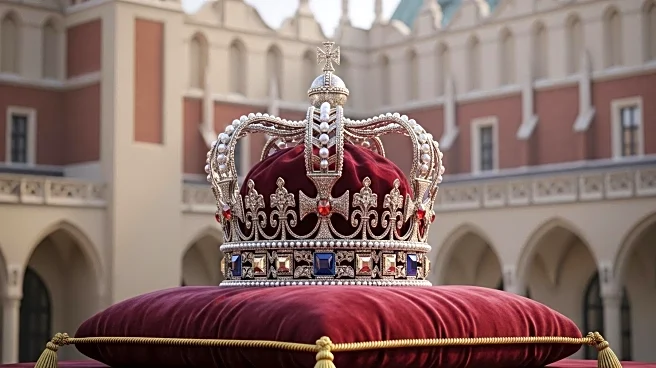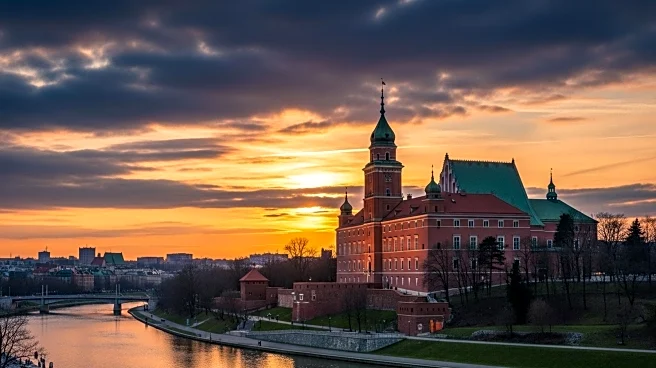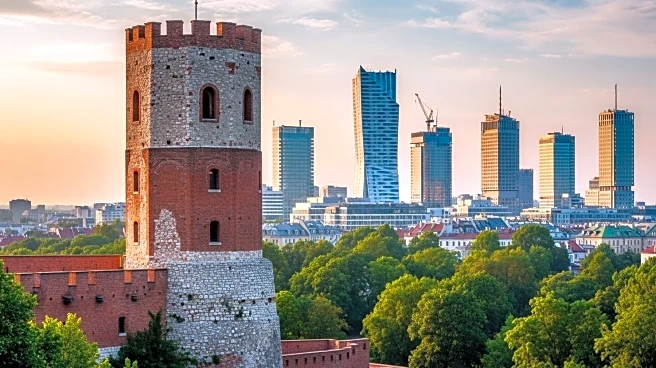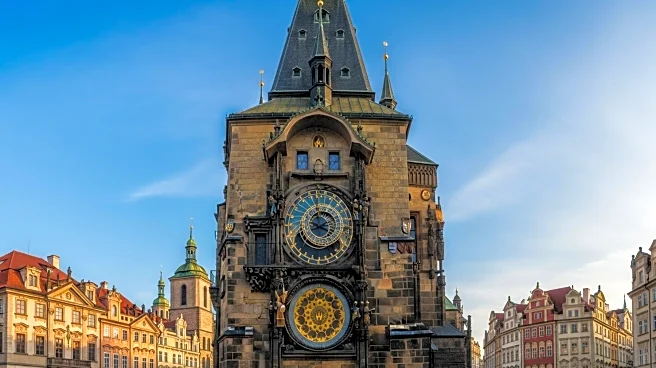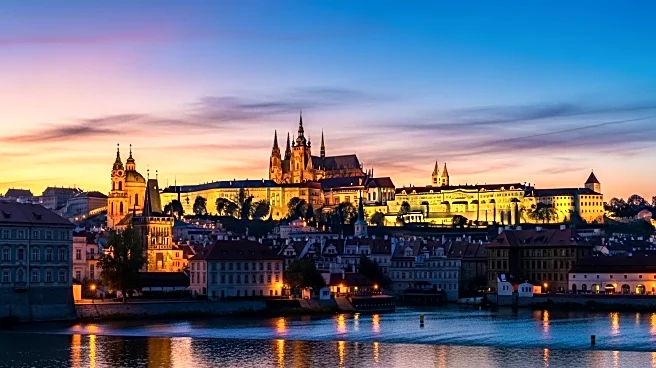Warsaw has been a leader in European history, serving as a capital city and a center of political and cultural influence. Its leadership role has evolved over centuries, from its origins as a small fishing town to its status as a major urban center. The city's strategic decisions and ability to adapt to changing circumstances have shaped its legacy and contributed to its enduring significance.
Leadership Context
Warsaw's leadership context is defined by its historical role as a capital city. The decision by King Sigismund III to move the Polish capital from Kraków to Warsaw marked a turning point in the city's history. This move established Warsaw as a central hub of political activity, influencing the course of European history. Throughout the centuries, Warsaw has been a witness to major historical events, including its role in the Polish-Lithuanian Commonwealth and its transformation during the Napoleonic Wars.
Decisions and Strategies
Warsaw's leadership has been characterized by strategic decisions that have shaped its development. The city's ability to adapt to changing circumstances, such as the Industrial Revolution and the aftermath of World War II, has been crucial to its success. Warsaw's architectural evolution, from medieval structures to modern designs, reflects its ability to blend tradition with innovation, ensuring its continued relevance in European history.
Outcomes and Accountability
The outcomes of Warsaw's leadership are evident in its status as a major urban center and its influence on European history. The city's resilience in the face of adversity, particularly during World War II, has inspired generations and contributed to its reputation as a symbol of strength and perseverance. Warsaw's ability to rebuild and thrive after significant destruction serves as a powerful example of urban resilience and accountability.
Lessons for U.S. Audiences
For U.S. audiences, Warsaw's leadership offers valuable lessons in resilience and adaptability. The city's ability to rebuild and thrive after significant destruction during World War II serves as a powerful example of urban resilience. Warsaw's strategic decisions and ability to adapt to changing circumstances provide insights into the complexities of European history and the enduring impact of historical events on modern society.
 Discover Daily • 9 min read
Discover Daily • 9 min read 